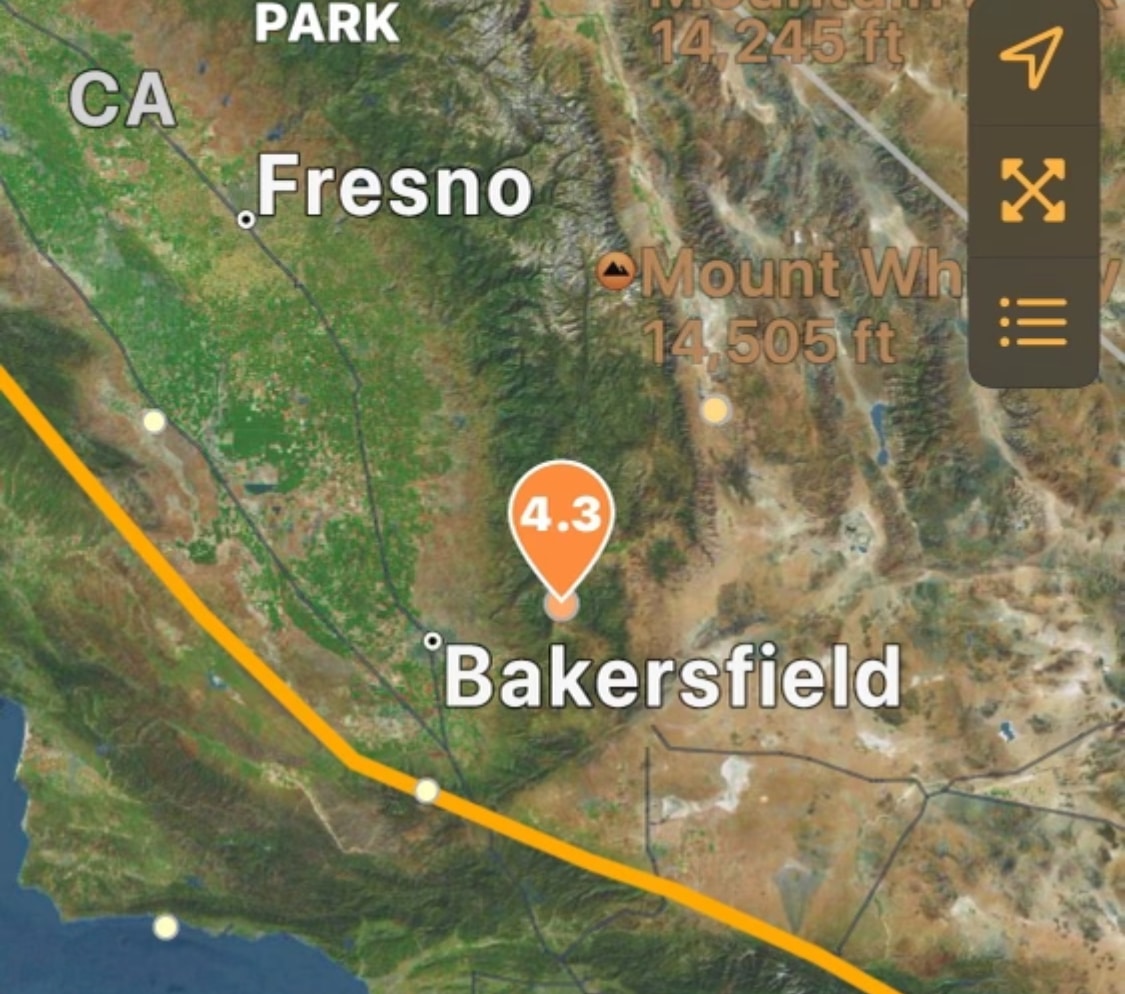(ETH) – In case you have been living under a rock lately you may have noticed that everywhere you look, there are headlines about higher prices. CNN recently posted: “Some are tied to commodities, which are getting snapped up as the global economy emerges from its long slumber.
Lumber prices are at an all-time high thanks to an epic home-building boom. Copper and steel prices have also reached records. Agricultural products aren’t exempt. The price of corn is at its highest level since 2012. The same goes for soybean prices. Even sales of block cheese futures have been soaring in anticipation of grilling season.
Then there are consumer products. Diaper prices have gone up in the past year, and two major producers — Kimberly-Clark (KMB) and Procter & Gamble (PG) — have warned customers that fresh hikes are coming. Shortages of computer chips, meanwhile, are helping to push up car prices, and could soon do the same for electronics and household appliances. This doesn’t just matter for Americans guarding their pocketbooks.
Price increases are also being closely scrutinized by investors and economists, who are desperate to know: Is this a passing phenomenon as the country emerges from a once-in-a-lifetime economic shock, or a more sustained trend that evokes the 1970s”? Then there is a recent piece from The Seattle Times that highlights one West Virginia factory that is being deemed the center stage in the ongoing supply chain crisis as the U.S. economy seeks to rebound from COVID.
The article highlights that we are now currently in the middle of a global supply chain crisis that has reached beyond America but factories in Europe to giant cargo ships anchored off the Atlantic coast, all the way to rural areas in the US with fewer than 300 residents.
The report details that what we are experiencing are “waves of economic disruption unleashed by the pandemic” which includes an unexpected shortage of workers that have resulted in supply issues that have become a constant preoccupation for many companies and distributors.
Then there is the price of fuel that continues to rise as well. In fact, a new report from AP states that the average U.S. price of regular-grade gasoline has jumped 6 cents over the past two weeks alone, to $3.02 per gallon. According to an Industry analyst, named Trilby Lundberg of the Lundberg Survey, the increase came as the costs of crude oil and ethanol have also risen. The price at the pump is now $1.05 higher than it was a year ago.
The Associated Press states that the highest average price in the nation right now is $4.16 a gallon in the San Francisco Bay Area. The lowest average is $2.55 in Baton Rouge, Louisiana. The average price of diesel is up 2 cents over the same period, to $3.16.

















